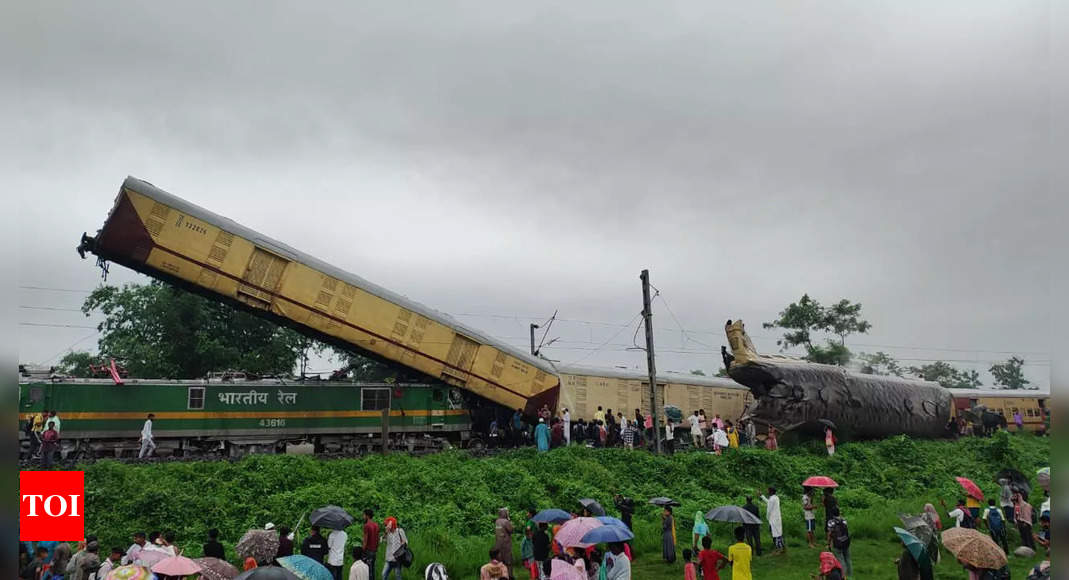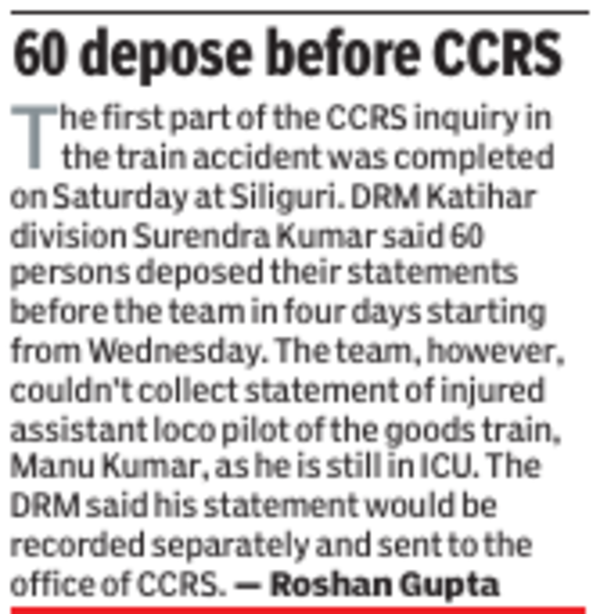
Terming the responsibility of the loco pilots of the goods train and Kanchanjungha Express as secondary, a former official said the primary responsibility for the accident lay with the Rangapani station master, the section controller at New Jalpaiguri and the branch officers – divisional operations manager (DOM) and senior DOM.
The official said there should have been no ambiguity in the actions of these officials but on Monday, there were lapses on each account that paved the way for the accident.
“When a signalling failure has happened three hours ago, how is it conceivable that the DOM has not taken an absolute block or the senior DOM has not advised him to do so? Were they not informed about the fault by the section controller at NJP? Why did the DOM not depute an inspector at Rangapani station from where the signalling fault section began? How is it that the section controller allowed the Rangapani station master to issue a written authorisation (memo) to the goods train when he could see the Kanchanjungha Express present on the tracks between Rangapani and Chatter Hat stations in the control panel before him? And how did the station master at Rangapani issue the memo without confirming with the Chatter Hat station master that the Kanchanjungha Express had reached or crossed that station?” he asked.

Criticizing the casual approach of officials when dealing with safety of train operations, the official said the manner in which the signalling failure was handled pointed to a systemic failure in the division.
“Instructions have to be clear when it relates to passenger safety. By not taking an absolute block on the section where signalling had failed at least two and a half hours earlier, by allowing two trains on the same track and by issuing memos that did not mention speed curb but instead expressly asked loco drivers of both trains to pass nine signals, the officials involved have created danger and are primarily responsible for the accident in which 10 lives were lost,” yet another official said.






